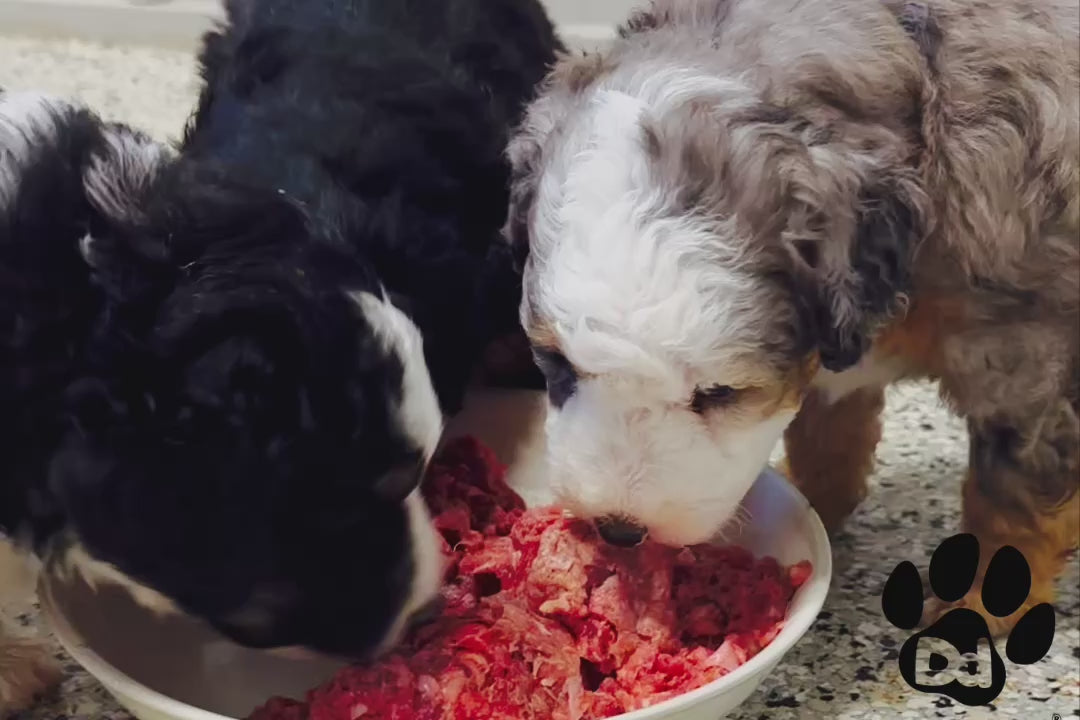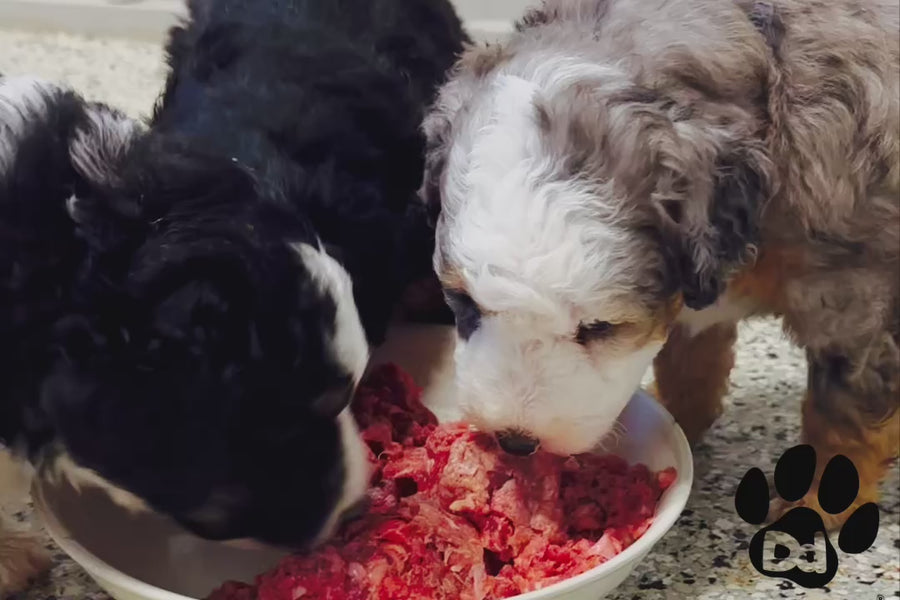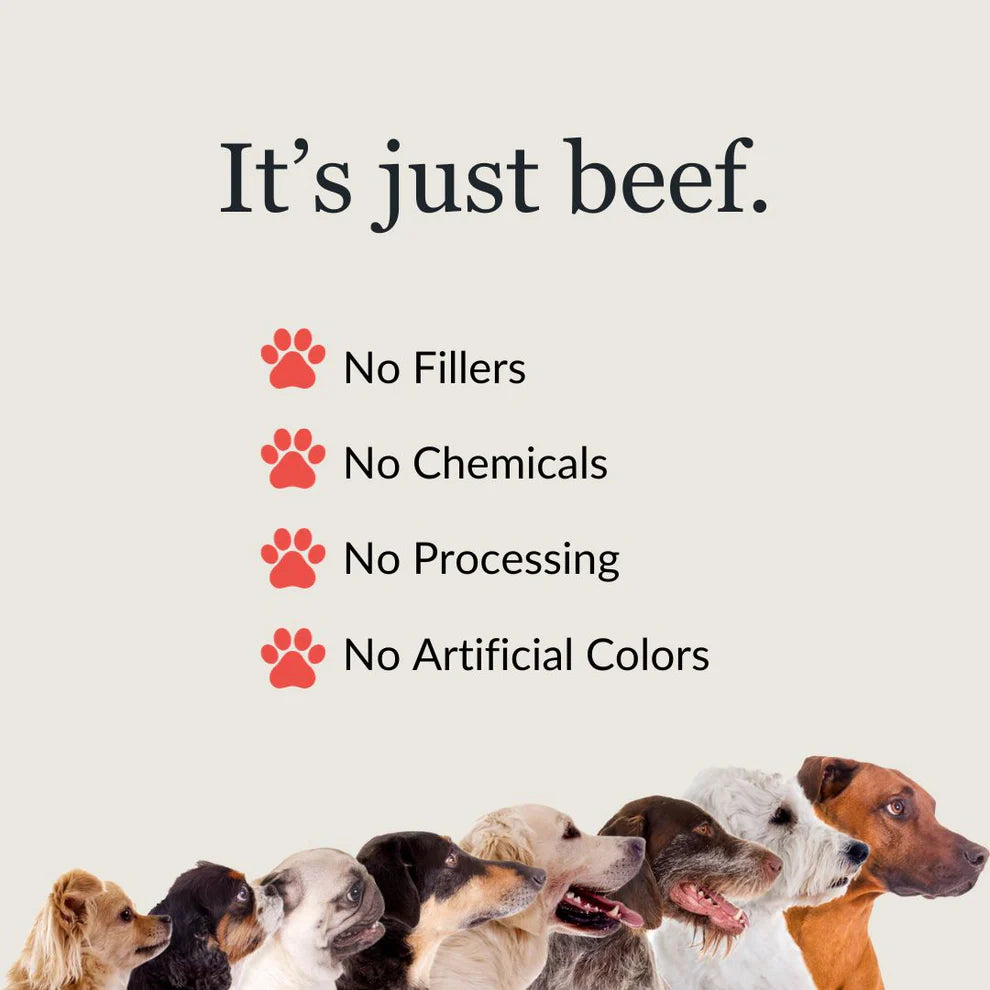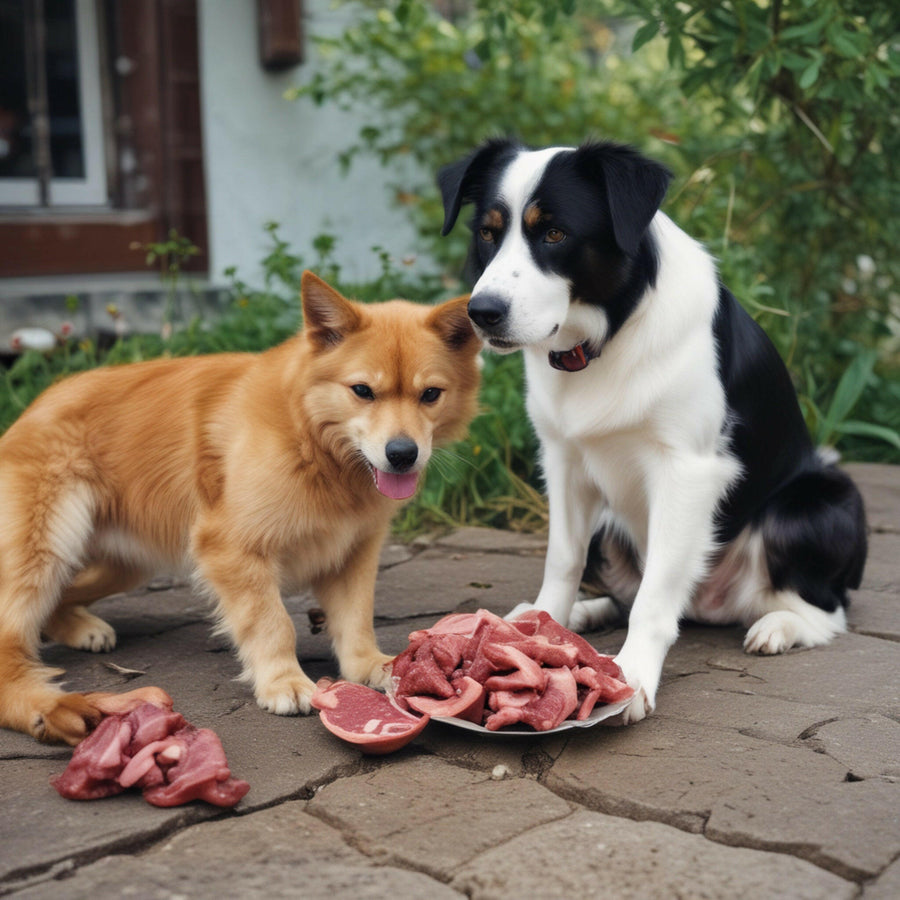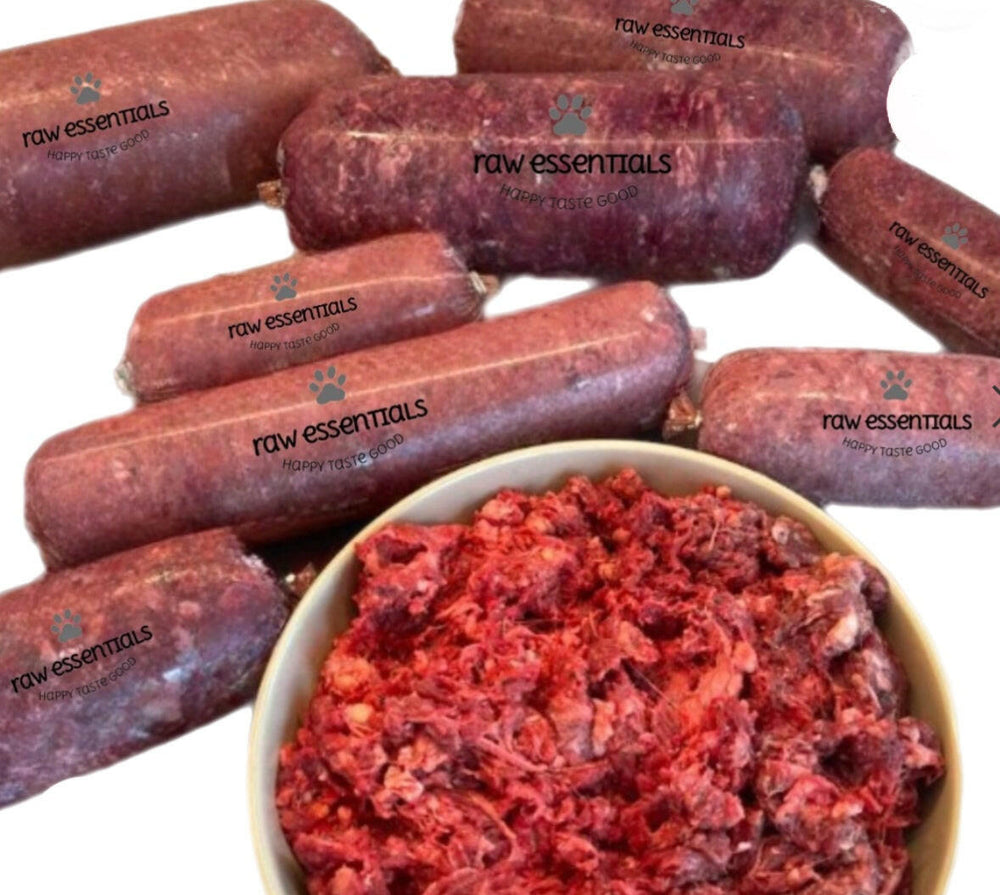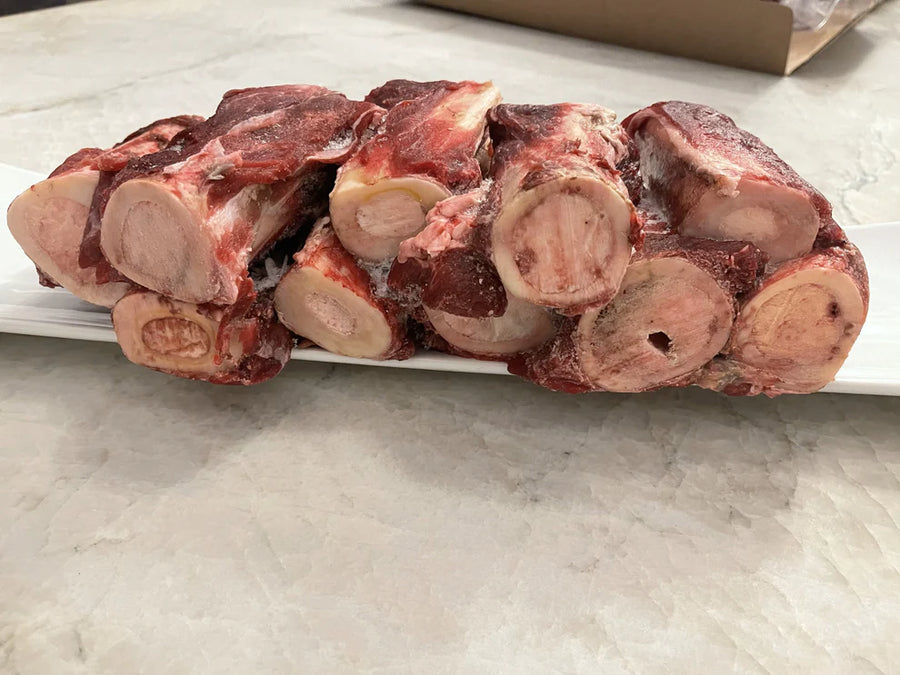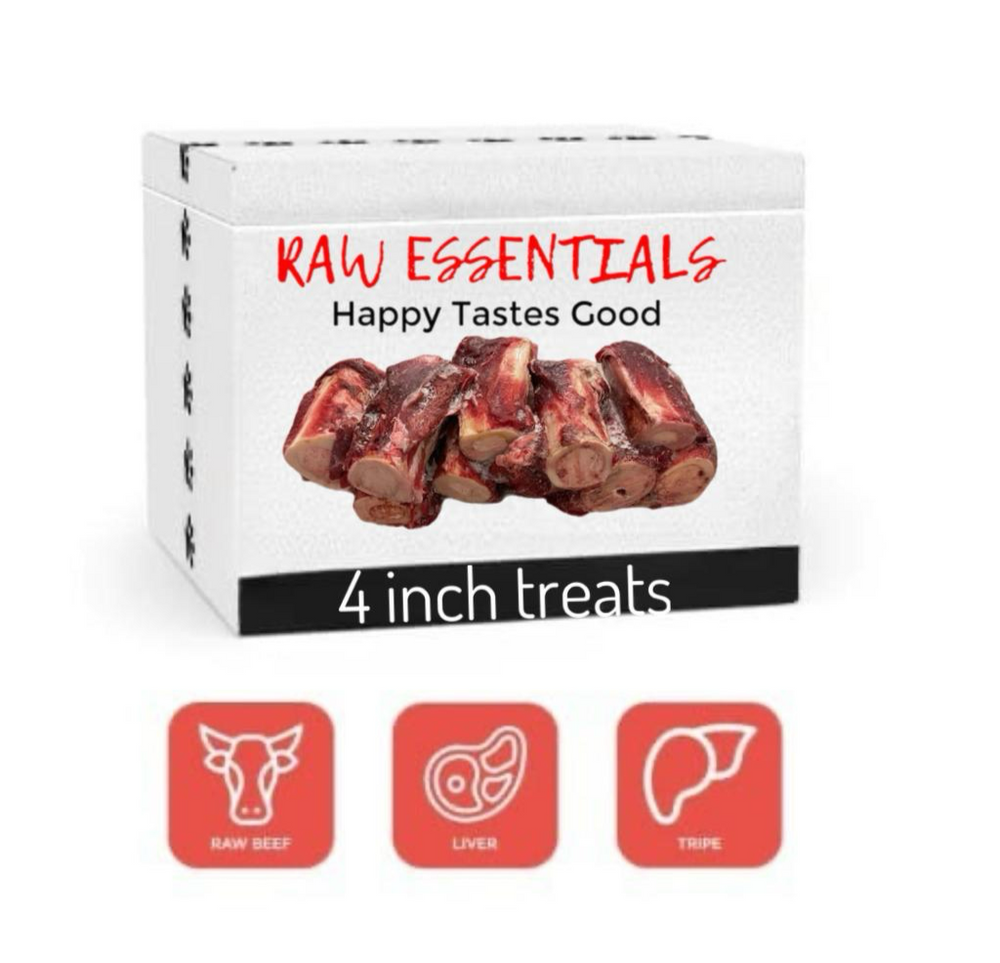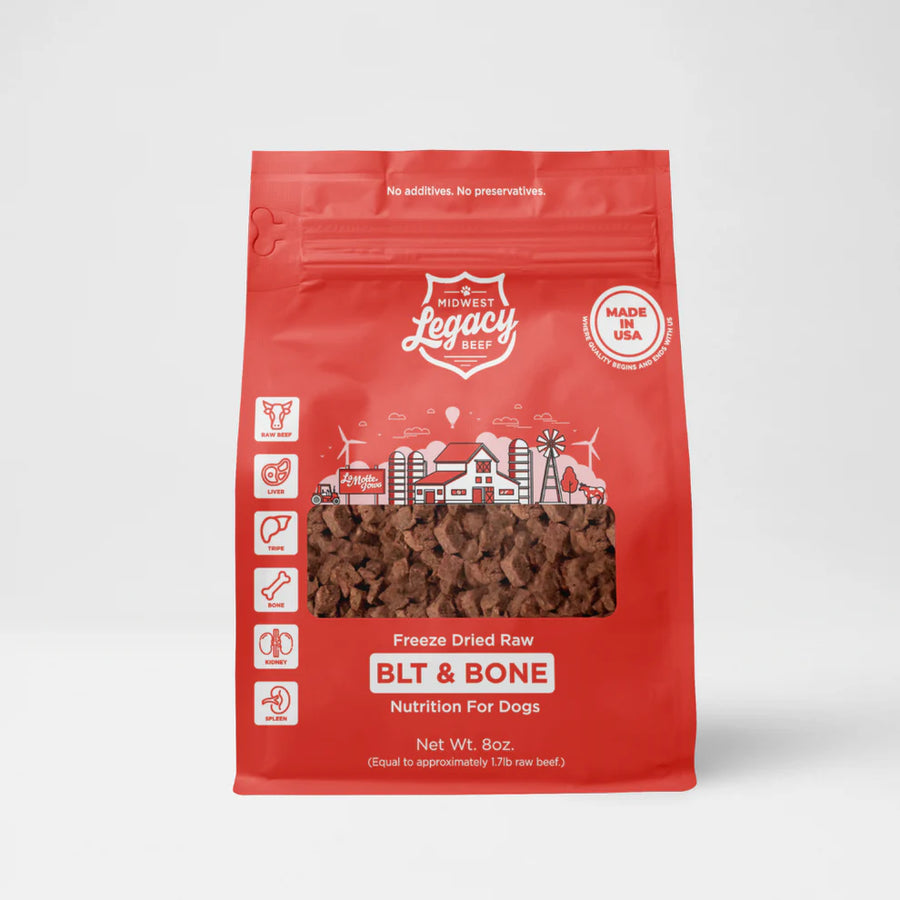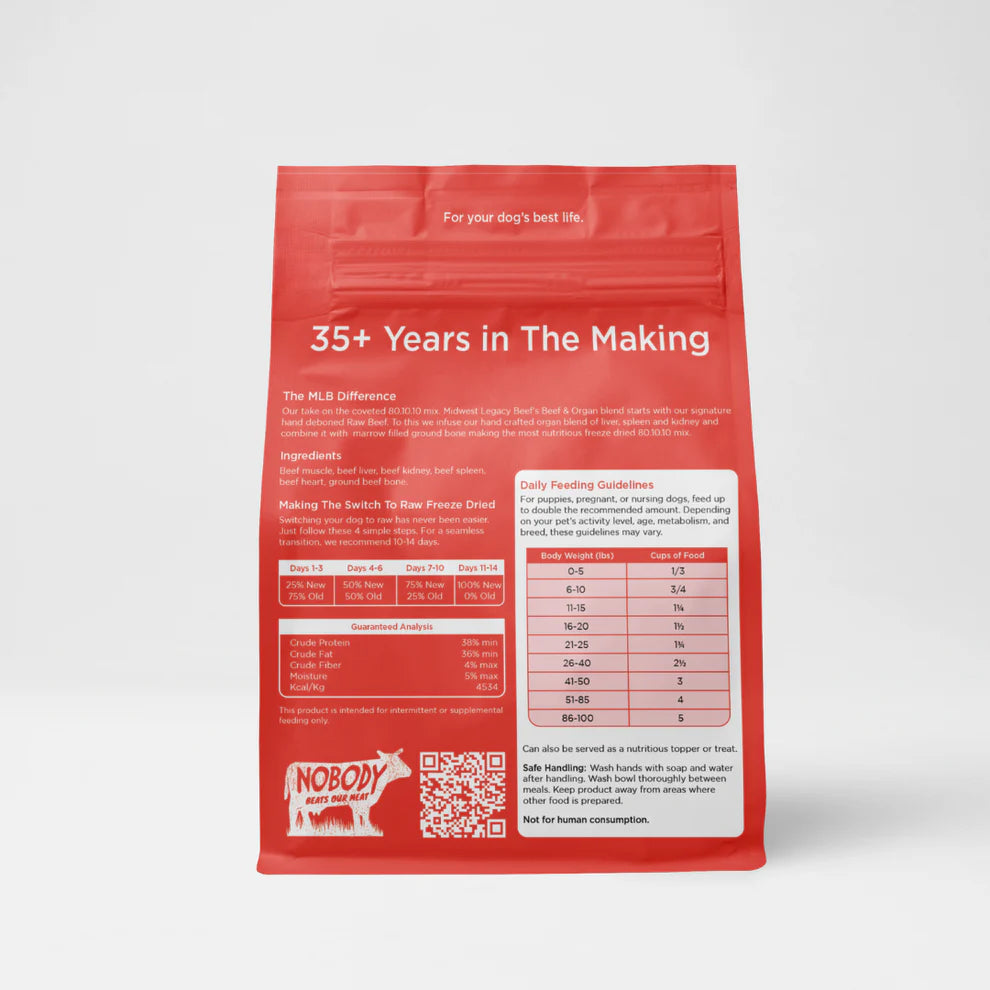Raw Chicken
Understanding the Risks of Raw Chicken
Many dog owners think about whether raw chicken is safe and good for their dogs so is raw chicken bad for your dog?
While some advocate for a raw diet, others express concerns about potential health risks. This article aims to provide a comprehensive understanding of the risks associated with feeding raw chicken to dogs.
Is Raw Chicken Good or Bad for Dogs?
The debate over whether raw chicken is bad for dogs has been ongoing. On one hand, proponents of raw diets argue that raw chicken can offer nutritional benefits. On the other hand, there are potential health risks that need to be considered.
Potential Benefits of Feeding Dogs Raw Chicken
- Natural Nutrients: Raw chicken is rich in protein and essential nutrients that dogs need for healthy growth and maintenance.
Better Digestion: Some dogs may digest food better with raw diets. These diets can be gentler on their stomachs.
- Healthier Coat: A diet that includes raw chicken may contribute to a shinier coat and healthier skin for dogs.
Potential Risks of Feeding Dogs Raw Chicken
Bacterial Infections: Raw chicken may have bacteria such as Salmonella.
Overview: What if a dog licked raw chicken? Amazon is a help to heal these days.
Campylobacter
Campylobacter is a kind of bacteria. It can lead to an infection called campylobacteriosis. This infection often happens after eating undercooked chicken or dirty food and water. Common symptoms are diarrhea, stomach pain, fever, and nausea. Most people get better without help, but some may need medical care. Good food hygiene can help prevent this infection.
is a type of bacteria that can cause food poisoning in humans. It is often linked to eating raw or undercooked poultry, drinking unpasteurized milk, or contaminated water.
SymptomsSymptoms usually appear 2 to 5 days after exposure and include diarrhea, fever, and abdominal cramps. The illness generally lasts about a week.
To lower the risk of infection, cook poultry well. Avoid drinking unpasteurized milk. Also, keep good hygiene in the kitchen.
TreatmentMost individuals recover without treatment, but staying hydrated is vital. In severe cases, antibiotics may be prescribed by healthcare professionals.
ConclusionCampylobacter infections are common but can be avoided with careful food handling and preparation practices. If you experience symptoms, it's important to seek medical advice.
is a type of bacteria known for causing foodborne illnesses. It is one of the most common causes of gastroenteritis worldwide.
Bacteria are often found in raw or undercooked chicken. They can also be in dirty water and unpasteurized milk.
Symptoms: When infected with Campylobacter, people usually experience symptoms such as:
- Diarrhea
- Stomach cramps
- Fever
- Nausea
- Vomiting
Symptoms often appear within 2 to 5 days after exposure and can last about a week.
Prevention: To prevent infection, it is important to:
- Cook poultry thoroughly.
- Avoid consuming unpasteurized milk.
- Use clean water sources.
- Practice good kitchen hygiene, like washing hands and surfaces.
Can Dogs Eat Raw Chicken Safely?
When considering feeding dogs raw chicken, safety should be the top priority. It's important to understand how to minimize the risks and ensure that your dog receives a balanced diet.
Tips for Safely Feeding Dogs Raw Chicken
- Source Quality Chicken: Purchase chicken from reputable suppliers to reduce the risk of bacterial contamination.
- Proper Handling: Practice safe food handling techniques, such as washing hands and sanitizing surfaces, to prevent cross-contamination.
Balanced Diet: Make sure raw chicken is part of a healthy diet. It should include different proteins and other nutrients too.
The Role of Veterinary Guidance
Before starting a raw chicken diet, it's crucial to consult with a veterinarian. They can provide personalized advice based on your dog's health, age, and nutritional needs. A veterinarian can also help create a balanced diet plan that includes raw chicken safely.
What to Do If Your Dog Eats Raw Chicken
Accidents happen, and sometimes dogs get into things they shouldn't. If your dog eats raw chicken without your knowledge, there are steps you can take to ensure their safety.
Immediate Actions
- Observe Your Dog: Monitor your dog for any signs of illness, such as vomiting, diarrhea, or lethargy.
- Contact Your Vet: Reach out to your veterinarian for advice on whether any immediate action is necessary.
- Check for Bone Ingestion: If your dog has consumed chicken bones, watch for signs of distress or injury.
Preventing Future Incidents
- Secure Food Storage: Keep raw chicken and other potentially harmful foods out of your dog's reach.
- Educate Family Members: Ensure everyone in the household understands the risks and proper food handling procedures.
Raw Chicken Bones: Are They Safe for Dogs?
The question of whether dogs can eat raw chicken bones is another common concern among pet owners. While some believe that raw bones are safe, others worry about the potential dangers.
Pros and Cons of Feeding Dogs Raw Chicken Bones
Pros
- Dental Health: Chewing on raw bones
- may help clean a dog's teeth and promote dental health.
- Natural Source of Nutrients: Bones can provide calcium and other nutrients.
Cons
- Choking Hazard: Raw chicken bones can splinter and cause choking or blockages.
- Internal Injuries: Sharp bone fragments can lead to internal injuries or infections.
Guidelines for Feeding Raw Chicken Bones
If you choose to give your dog raw chicken bones, follow these guidelines to minimize risks:
- Supervise Your Dog: Always watch your dog while they chew on bones to prevent accidents.
- Choose Appropriately Sized Bones: Select bones that are appropriate for your dog's size and chewing habits.
- Avoid Cooked Bones: Never give your dog cooked bones, as they are more likely to splinter.
Conclusion: Making Informed Choices for Your Dog's Diet
Feeding raw chicken to dogs can be a contentious topic, with valid points on both sides of the debate. While there are potential benefits, the risks associated with bacterial infections and bone hazards cannot be ignored.
By being careful and talking to a vet, you can choose the best diet for your dog that keeps them healthy and happy.
Deciding to give raw chicken to your dog is a personal choice. You should think about the risks and benefits before you decide.


